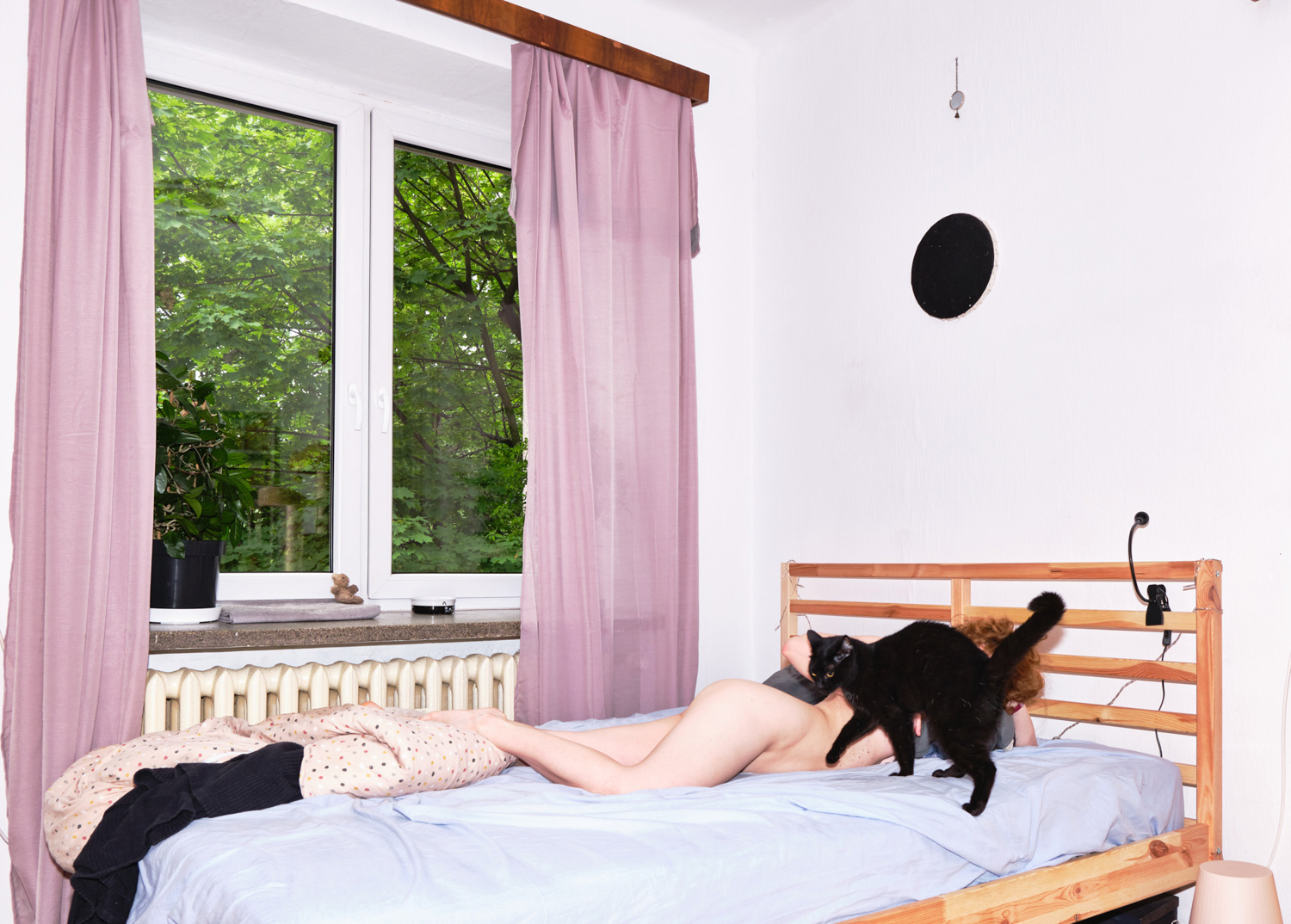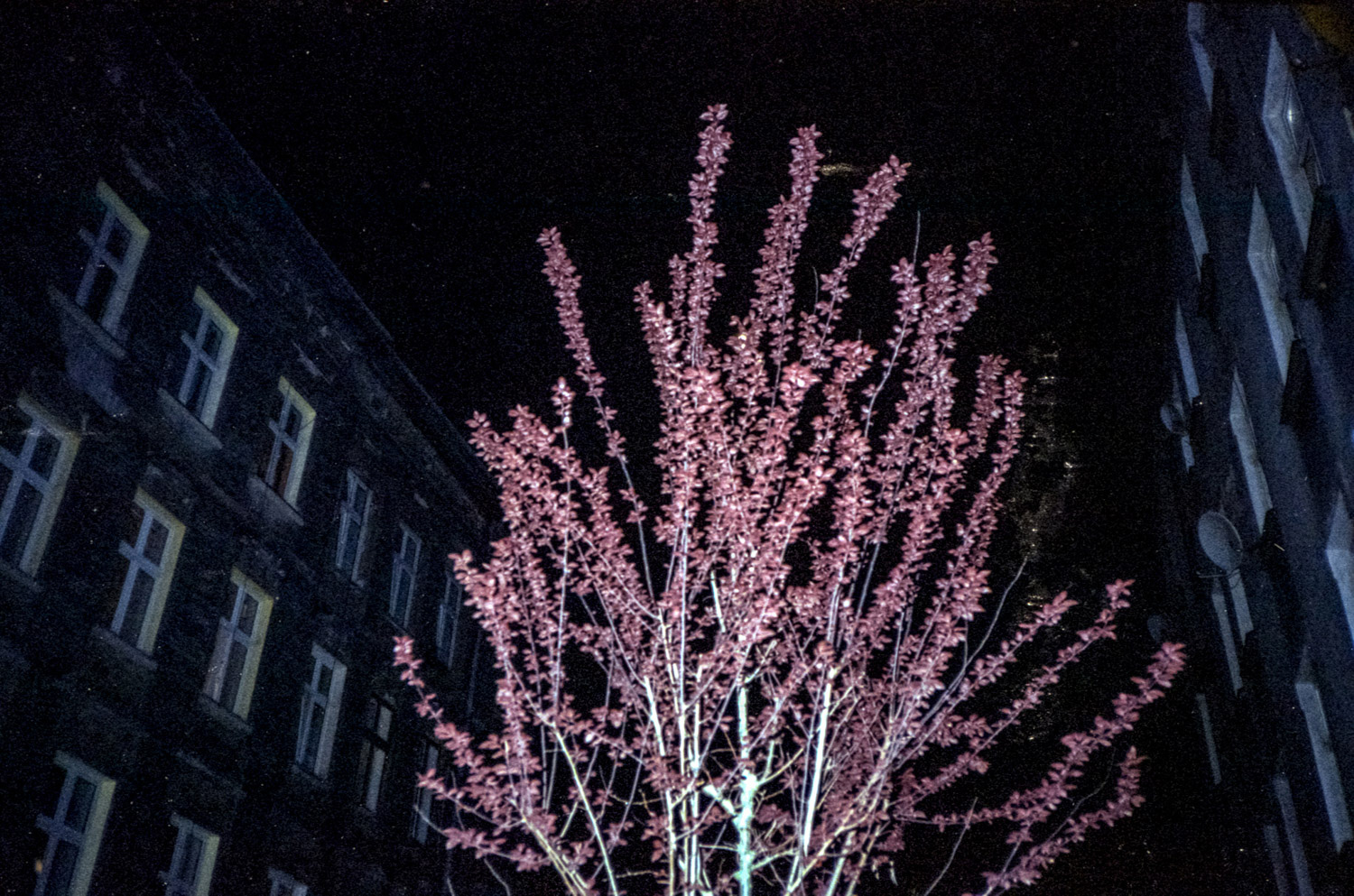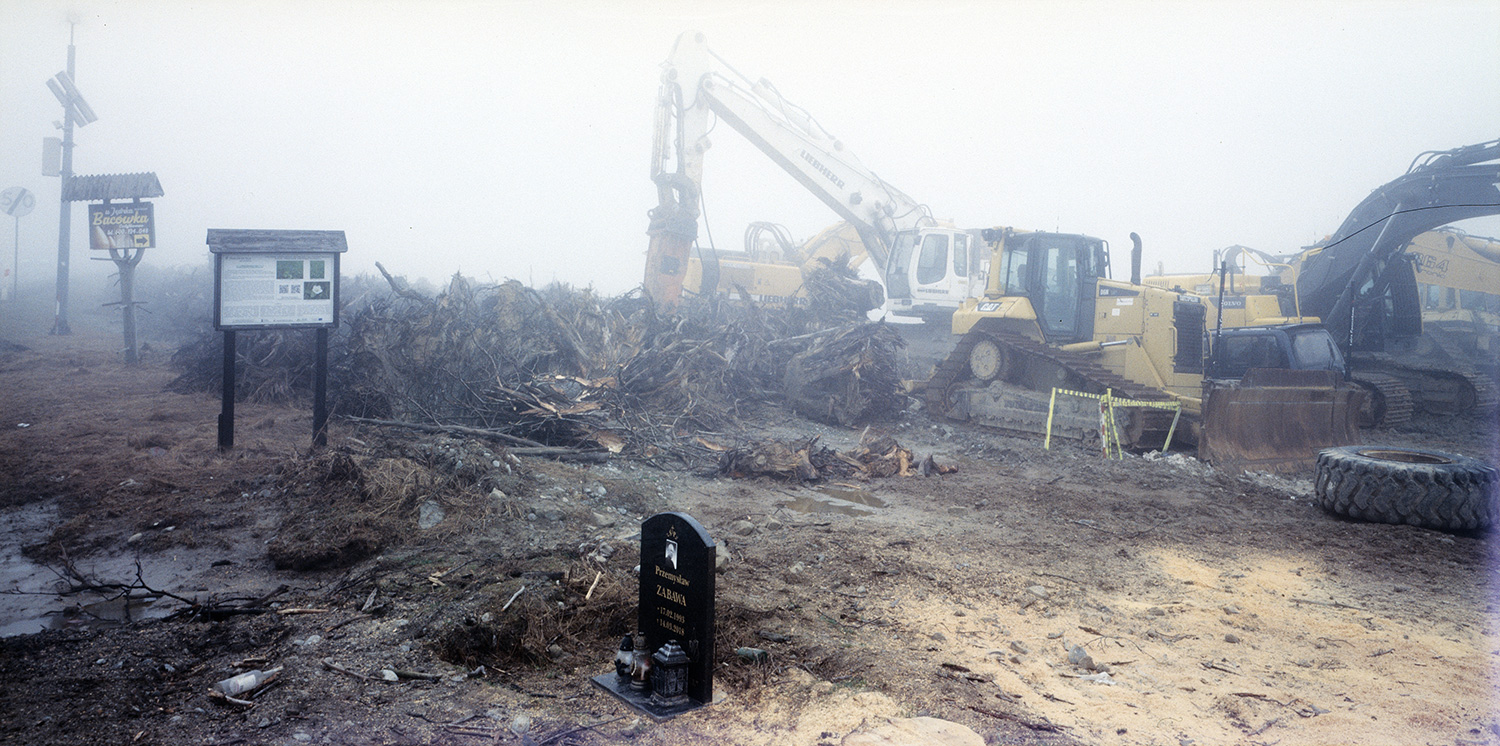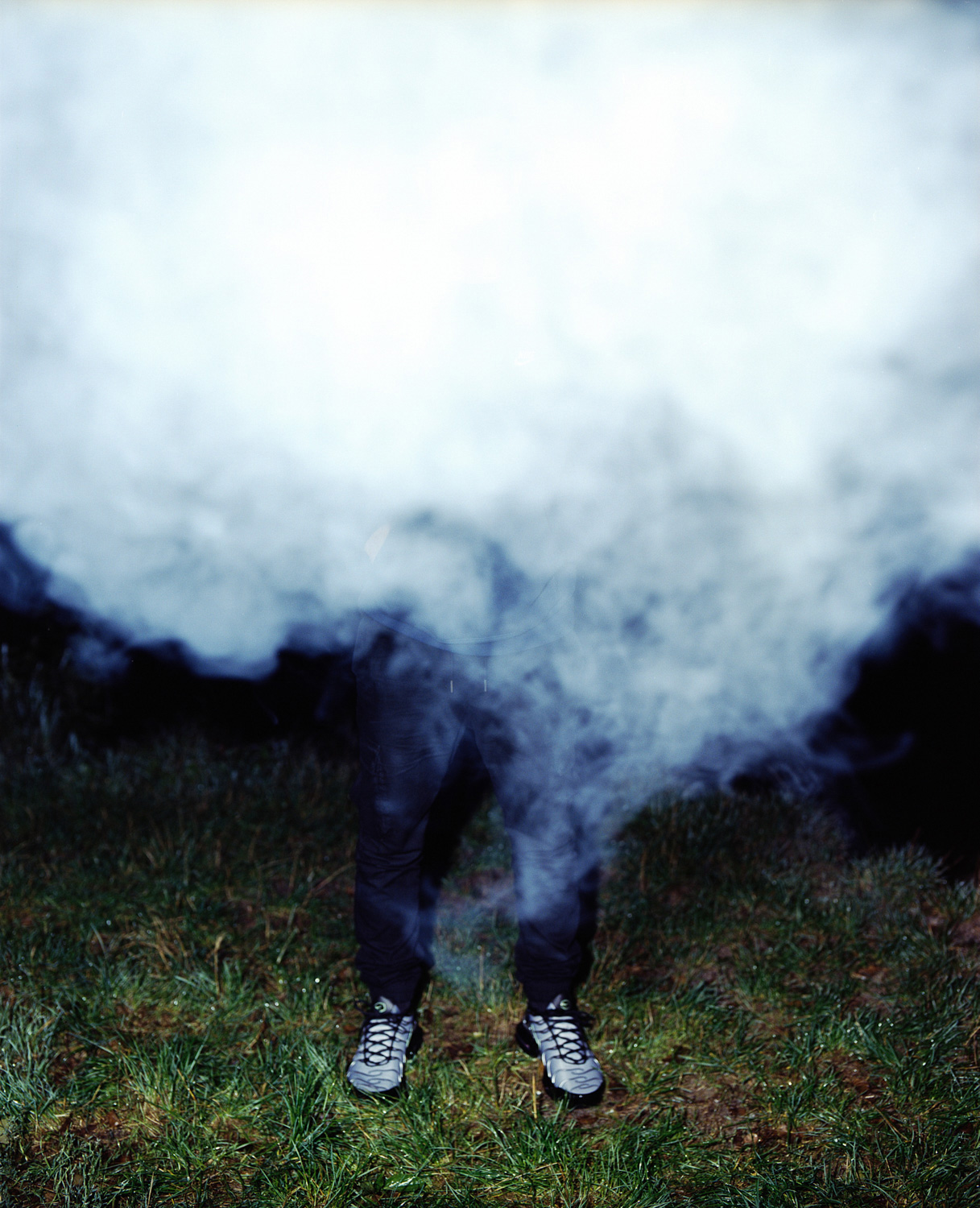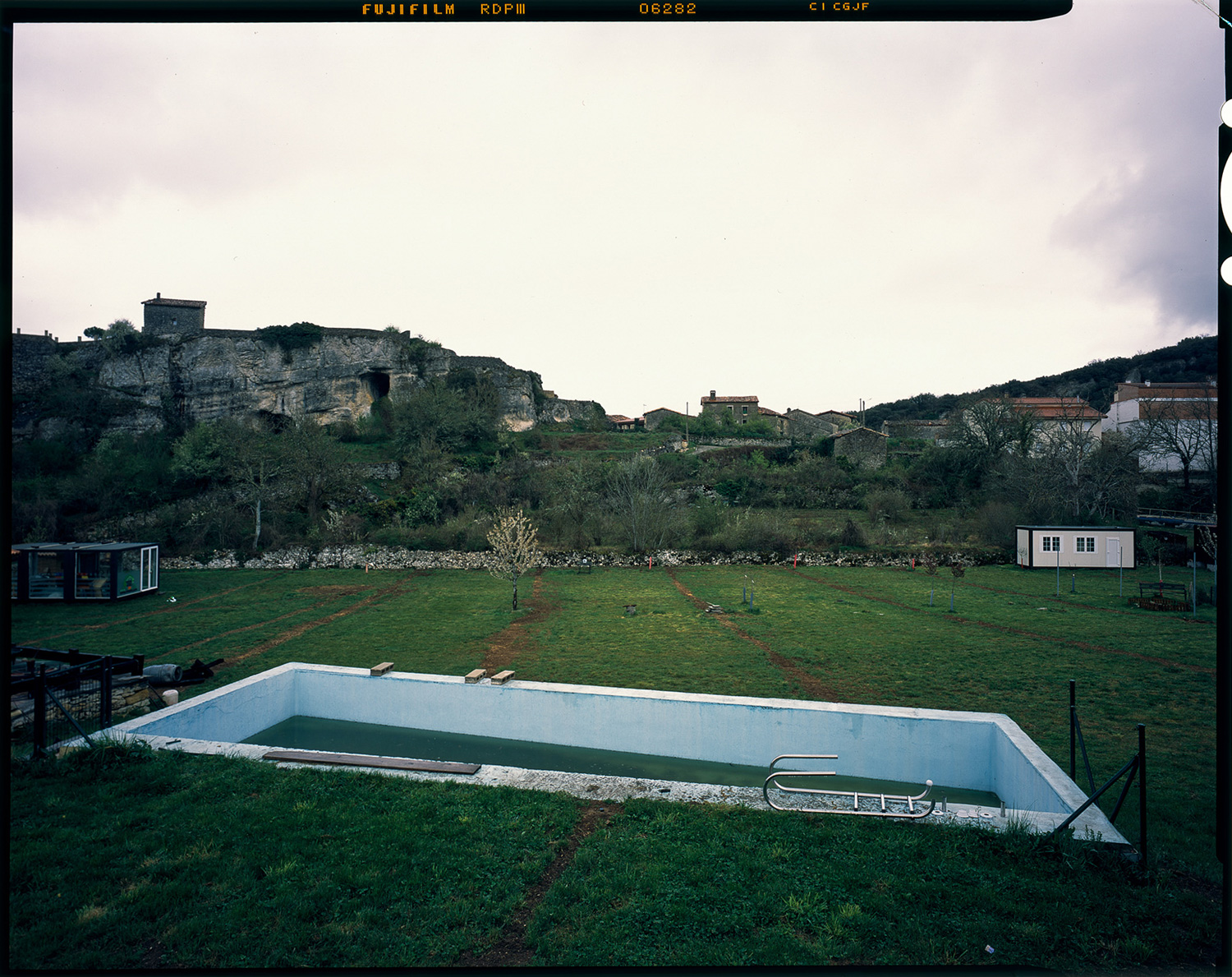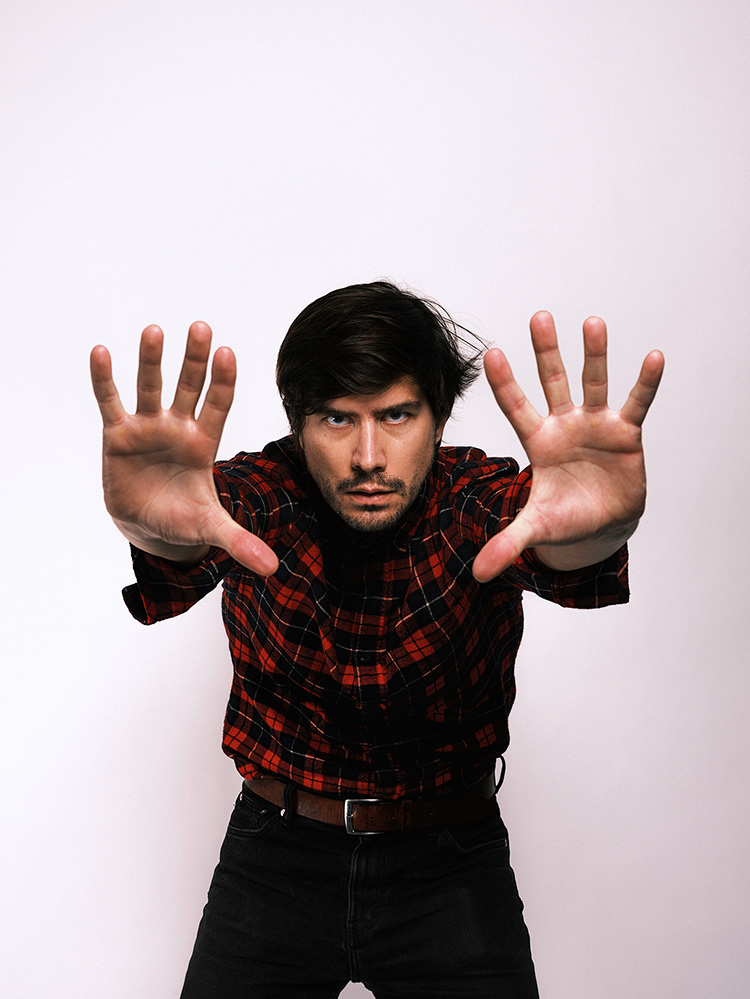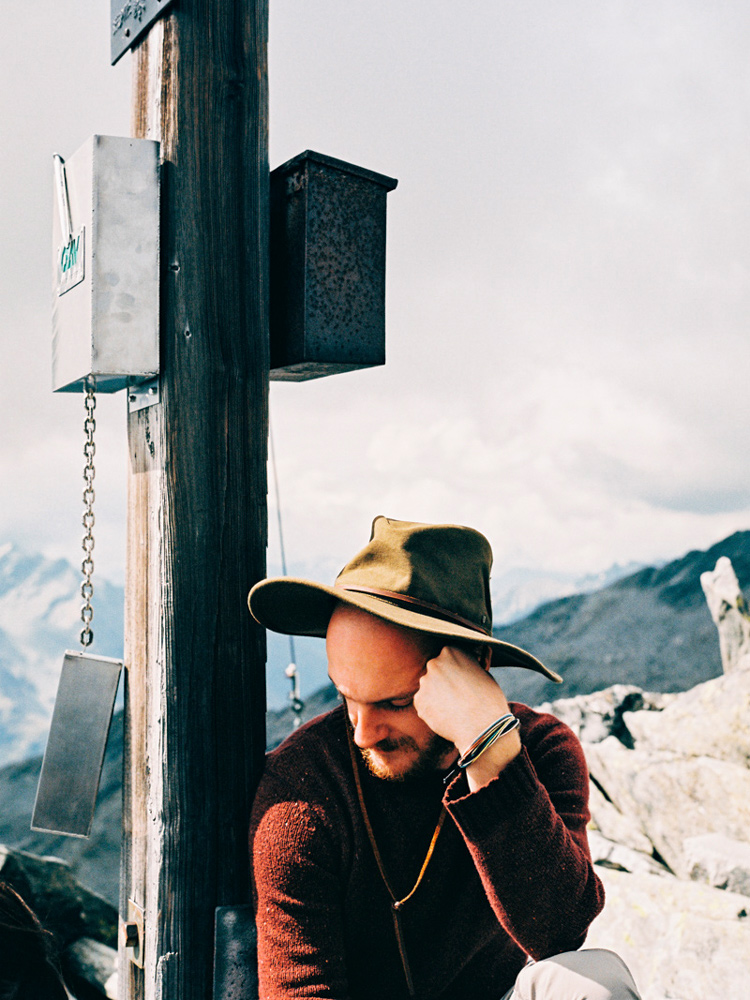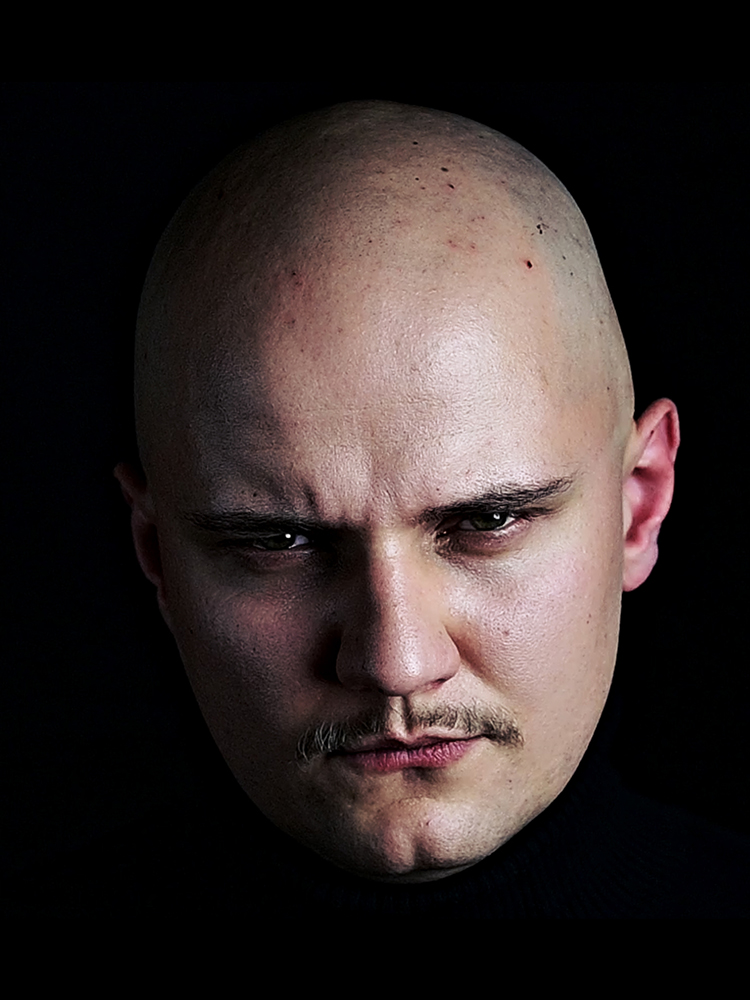
In conversation with
Mateusz Woźniak
Krakow, Poland
Hi Mateusz, please introduce yourself.
I was born in 1992 in Konin, a small town in central Poland. I graduated with a Master of Arts degree in painting (2022) – Academy of Fine Arts in Krakow. During my studies I was involved in theater and photography in the broadest sense, and for the past few years I have been working mainly with photography, text and video/podcasts, trying to find my own forms of expression.
During my studies, I took part in several group exhibitions, mainly in Cracow, and was the author of videos for theatrical performances in Polish theaters. I am fascinated by ways of recording reality. I have recently been working as a photographer at the Museum of Photography in Krakow.
What does analog photography mean to you? What excites / fascinates you about it?
I am fascinated by the physicality of this type of recording of reality. Light and silver. Already after the exposure of the material, the photograph exists, initially it is a “latent image”, but immediately after the development in chemistry, the physical object appears. I still do not perceive in digital form, although I do not give it up. Digital photogaphy has caught up with classical/chemical photography (I prefer that term), in many ways, but with digital photography we have inkjet prints that are nothing like chemical prints to our eyes. The screen is not everything. We go online forgetting about reality. That’s what fascinates me about chemical photography – reality.
In your opinion, what are the advantages and disadvantages of analogue photography?
I believe that the disadvantages of chemical photography nowadays are its advantages. Of course, not always, in reportage or difficult conditions it is worth using a digital, we are faster and can only focus on catching. With slightly different work, engaging, looking for a language of expression, sometimes building a new language or constructing an image, the disadvantages of chemical photography, its limitations and technical difficulties become its advantages. In my case, such photography requires me to focus and switch to a slightly different mode of perception of reality.
Do you concentrate on a certain topic in your work?
I try to juggle topics, taking into account their possibilities of expression.
Are there (analogue) photographers who have influenced your aesthetic and approach?
The most valuable to me seem to be “amateurs” – (I don’t like this term, it’s positional, which I find unnecessary in photography). Photographs taken from the need of the heart. Unknown authors, photographs from dumpsters and private family collections. There are real pearls out there. As for the world’s names, they are: August Sander, Luc Delahaye, Robert Frank, Chris Killip, Alec Soth, Roland Wirtz. I don’t know if they influence my work, but I love their work.
Do you have certain cameras and films that you prefer to work with?
I use very different photographic cameras, I think rather in terms of formats (large format, medium format, 35mm), their proportions, and the plasticity of the lenses. A lot also depends on what kind of print I want to make. I make low edition hand gelatin silver prints, both black and white and color RA4. It is difficult for me to answer this question unequivocally, there are many variables. It’s a bit like choosing an instrument, a musician is looking for a sound, I’m looking for the right imaging, which I can’t describe in a few sentences. I know! Maybe that will be a good answer.
Recently, after two years of searching, I found the Demaria Lapierre Telka III rangefinder camera in 6×9 format. It has an insane lens and is small. I am planning a longer project on a bicycle trip, in this case I am limited by the capacity of my luggage, I was looking for something suitable in this respect, with a characteristic plasticity of the lens and a large imaging field. Hence the medium rangefinder format.
Speaking of films: What does your workflow look like?
I do the whole process myself from start to finish. So I develop, I make prints in the darkroom, both black and white and color RA4. I also digitize prints myself. For some time now, I’ve been digitizing only those negatives that I know I’ll be modifying digitally – there are fewer and fewer such works, and this decision is made even before I grab the camera, I try to make mainly contact sheets at the beginning. In the case of color diapositives, I use scanners and digital cameras to digitize the image and subsequent pigment printing of the highest quality.
What advice would you have for other photographers who are reading this interview?
I don’t feel like I’m someone who can give advice. The only thing that comes to my mind is to open my heart, to listen to intuition, which is not a prompting, an accident, but rather results from experiences, some subconscious.
If you publish your work on Instagram: curse or blessing?
Curse, which is some form of motivation, a channel to reach the viewer.
Which 3 photo books can you recommend / should you definitely own?
„Good days Quiet“ (Robert Frank), „In Flagrante“ (Chris Killip) and „Farewell to Bosnia“ (Gilles Peress).
Thank you so much for your time!
Favorites
Large format 4×5/18×24, Mamiya RZ 67 and plenty of 35mm cameras
Kodak Portra 400, Fuji Provia 100, Fomapan 100/400, Ilford HP5+
Color & B/W
